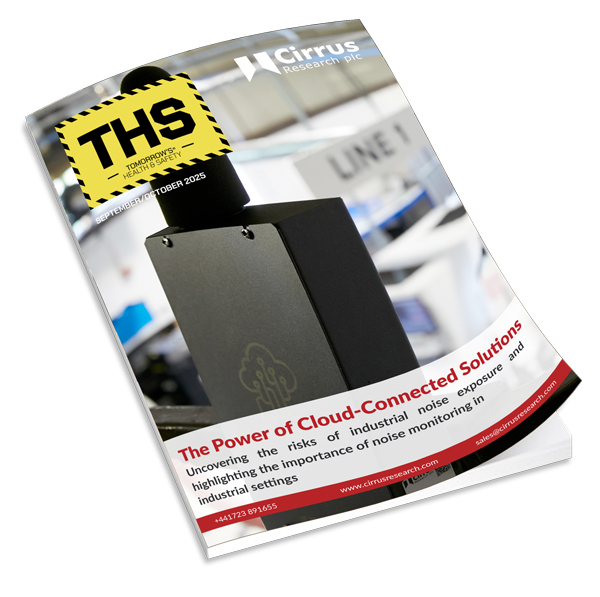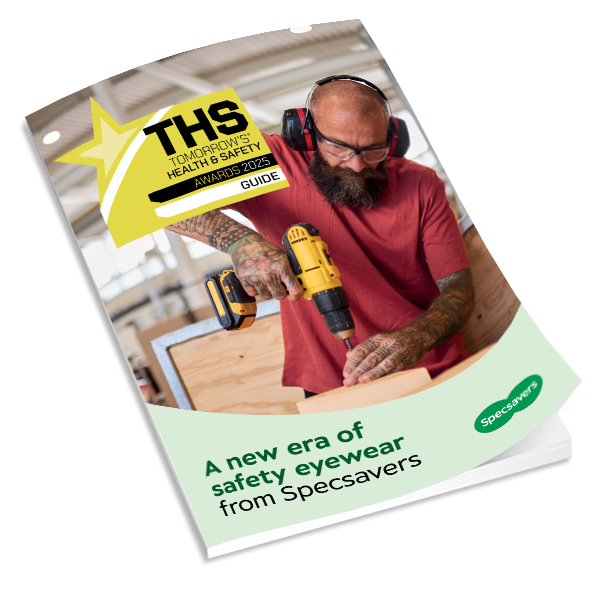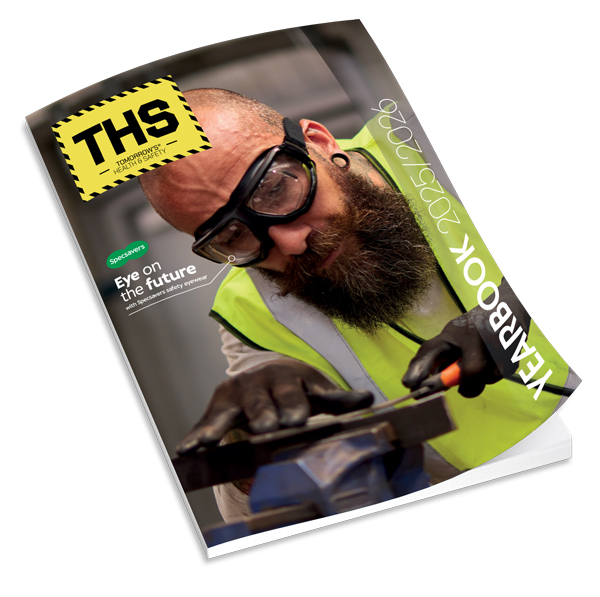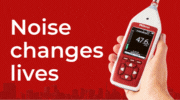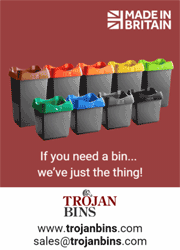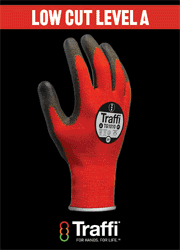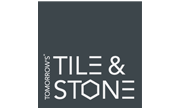Dan Joyce, General Manager EMEA of SafetyCulture, discusses the common pitfalls businesses should avoid when building back after lockdown.
As the UK emerges from lockdown, businesses must move on from rebound to rebuild. Reactive solutions were once a useful stop-gap in a rapidly changing pandemic environment. Now, businesses are looking for best practice safety protocols that will set them up in the long term.
Managing safety is complex and multifaceted. Organisations certainly have the intention of creating safe work environments, but many aren’t clear on how to get their operations in check. The right technology can help sharpen our focus, making sure every detail and element of risk is accounted for, but only when it’s implemented correctly. Both enterprise level organisations and SMEs are prone to environment, health and safety (EHS) missteps, especially following a year of ever-changing guidance.
Our experience driving safety and quality across various industry sectors has highlighted the more common safety errors businesses tend to make, and has given us first-hand knowledge on how to avoid them.
Overloading communication channels
Many businesses use a variety of different systems and apps in the workplace. Using too many communication channels means critical issues can slip through the net, leaving businesses vulnerable to operational errors. It also increases double-handling for staff when they have to communicate on multiple platforms to report issues.
By using a real-time live chat function, you centralise the process and make sure that every piece of information is accounted for. Ensure your workforce is on the same page by deploying micro training platforms to regularly test the understanding and alignment of your team to see if the right messages are landing amid the noise.
Failing to assign accountability
When a company fails to assign clear actions, it can mean that time is wasted trying to figure out who is the best placed to remedy the issue or find a solution. Using technology with features such as corrective actions means that you can quickly assign responsibility to a team member for getting things done.
Accountability doesn’t just sit with the individual fixing the problem, but your entire workforce too. Organisations must actively encourage employees of all levels to speak up and take ownership. Open discussion should be welcomed but technology can also drive action. It's much easier to lodge an issue in an app than approach senior management.
Leavinga paper trail
With SARS-CoV-2 still in circulation, it’s easy to see why paper trails just are no longer effective. As we come out of lockdown, no doubt the government will continue to adjust restrictions in line with daily case numbers. We all need to be ready to react and change processes at a moment's notice. Cumbersome processes around paper audits and reporting can no longer keep up with the rigorous safety practices a COVID-safe environment requires. With a digital checklist, organisations can centralise their records and get instant visibility.
This instant gratification means you can scale the inspection process incredibly quickly. For EHS professionals or operations leaders, adding new locations or auditors is simply a matter of a few clicks and you’re up and running.
One-size-fits-all reporting
All industries and teams are different. Having a standardised safety reporting process for the business is essential so that everyone knows how to help. But ensuring that the process is custom-fit to your business is even better.
Being able to get the right information to the right people can save time, and can make all the difference when analysing potential gaps in safety protocols. A report that is automatically tailored from real-time data will be more accurate and enable managers to be more responsive.
Today, enterprises can tap into technology to help foster long term safety practices. Thanks to standardised checks, uniform data collection, and enhanced visibility, businesses now have access to far more organised data. But safety is more than just ticking a box. With the right technology in place, businesses can create a launchpad to rebuild in 2021.
SafetyCulture is helping the world get safely back to business with a simple checklist and inspection app that anyone can use. Download iAuditor for FREE today.












